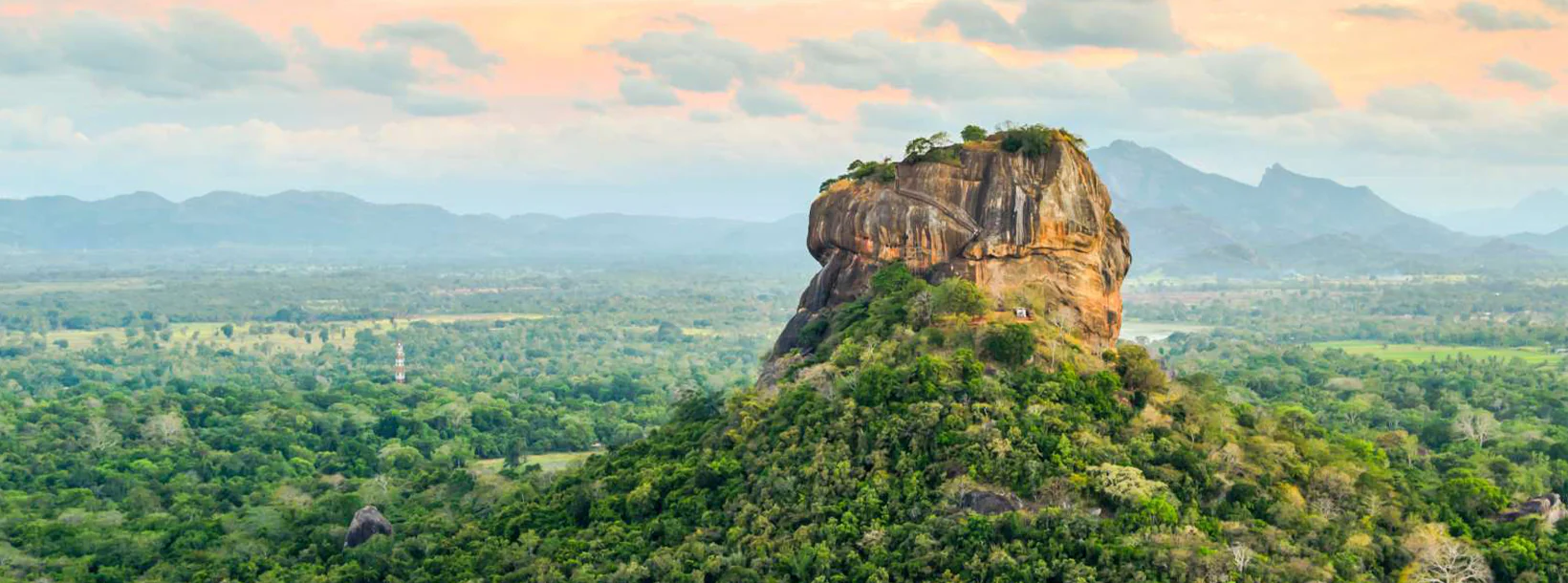
Sigiriya City
Sigiriya, a UNESCO World Heritage Site in Sri Lanka, is an ancient rock fortress and palace with stunning frescoes and extensive gardens. Rising dramatically from the plains, it's a testament to the island's rich history and architectural ingenuity. Explore the enchanting beauty and cultural significance of Sigiriya.
Sigiriya Village
Sigiriya Village, nestled near the iconic Sigiriya Rock Fortress in Sri Lanka, offers visitors a unique blend of cultural heritage, nature, and rural charm. Tourists can explore the tranquil countryside, surrounded by lush paddy fields, lakes, and tropical greenery, providing a perfect retreat from urban life. The village showcases the authentic Sri Lankan way of life, where travelers can witness traditional farming methods, engage with friendly locals, and even participate in activities such as paddy cultivation or milking cows.
One of the highlights of Sigiriya Village is the bullock cart ride, a nostalgic journey through scenic landscapes, allowing tourists to experience transportation methods used for centuries. This ride often leads to a catamaran boat trip on a serene lake, where visitors can enjoy breathtaking views of Sigiriya Rock and its surroundings while gliding through lotus-covered waters. Birdwatchers and nature enthusiasts will find the village an ideal location to spot a variety of bird species, including kingfishers, herons, and eagles.
Tourists can also indulge in an authentic Sri Lankan meal prepared using traditional clay pots and firewood. This dining experience often includes local favorites like rice and curry, coconut sambal, and freshly made roti, offering a taste of the region’s rich culinary heritage. Some village tours include visits to local homes, where travelers can learn the art of Sri Lankan cooking or try their hand at traditional crafts such as pottery and weaving.
For adventure seekers, Sigiriya Village serves as a gateway to activities like cycling through rural trails, visiting ancient cave temples, and hiking to the nearby Pidurangala Rock for a spectacular sunrise view. The village’s peaceful environment, combined with its cultural and natural attractions, makes it a must-visit destination for those seeking an immersive Sri Lankan experience.
About Central Provincce
The Central Province of Sri Lanka consists primarily of mountainous terrain. The province has an area of 5,674 km², and a population of 2,421,148. Some major towns include Kandy, Gampola (24,730), Nuwara Eliya and Bandarawela. The population is a mixture of Sinhalese, Tamil and the Moors.
Both the hill capital Kandy and the city of Nuwara Eliya are located within the Central Province as well as Sri Pada. The province produces much of the famous Ceylon tea, planted by the British in the 1860s after a devastating disease killed all the coffee plantations in the province. Central Province attracts many tourists, with hill station towns such as Kandy, Gampola, Hatton and Nuwara Eliya. Temple tooth or Dalada maligawa is the main sacred place in Centrel province.
The climate is cool, and many areas about 1500 meters often have chilly nights. The western slopes are very wet, some places having almost 7000 mm of rain per year. The eastern slopes are parts of the mid-dry zone as it is receiving rain only from North-Eastern monsoon. The Temperatures range from 24°C at Kandy to just 16°C in Nuwara Eliya, which is located 1,889 m above sea level. The highest mountains in Sri Lanka are located in the Central Province. The terrain is mostly mountainous, with deep valleys cutting into it. The two main mountain regions are the central massif and the Knuckles range to the east of Kandy.
























